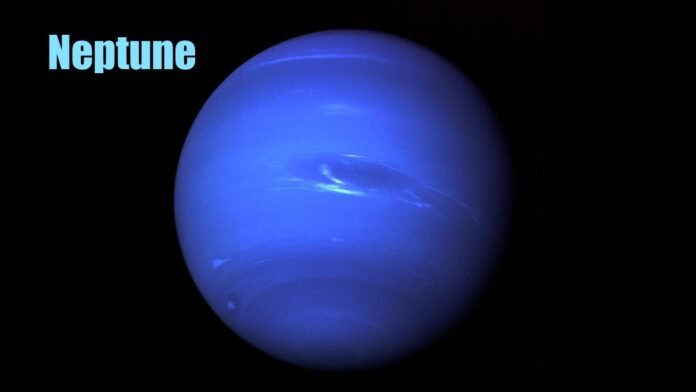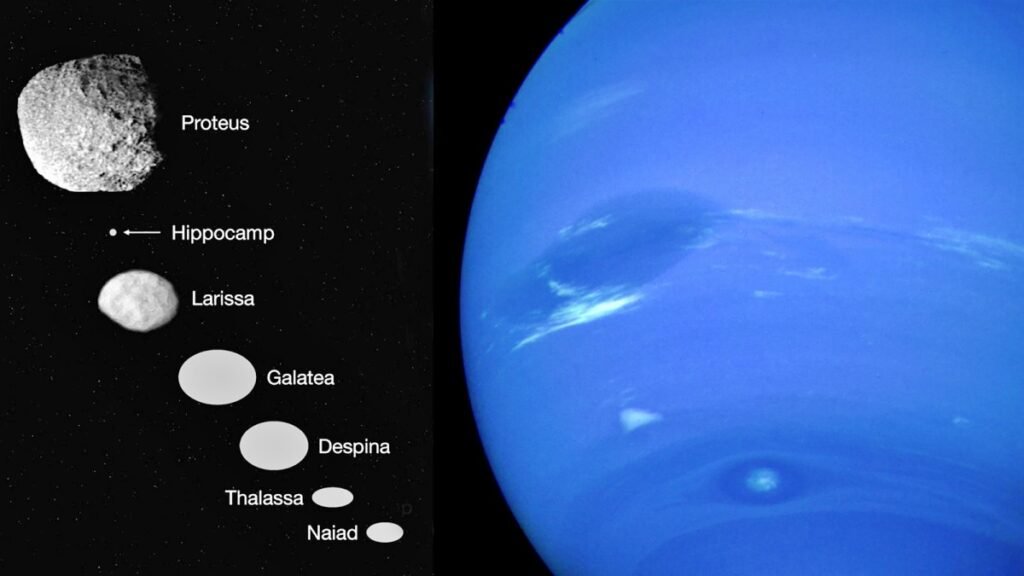
If you think that China is only competing with America for the Moon and Mars in space matters, then you are wrong. China is taking space exploration very seriously and has created a space exploration system like NASA, in which many serious proposals are first given which are given a green signal after budgetary analysis etc. or plan for the future. is created. Many completely new types of campaigns are visible in China’s Planetary Decadal Survey 2023 2032. One of these is the nuclear-powered Neptune Explorer, whose goal is to study Neptune, its tritons, and other moons and rings.
Many more campaigns
In this survey, many more missions are proposed for the solar system for the next decade. In this, the Uranus Orbiter and Probe (UOP) will study the atmosphere of Uranus, its internal structure, magnetosphere, satellites, and rings. Along with this, the Enceladus orbiter and lander for Saturn’s satellite will explore the south polar region of this satellite.
Proposal after a great research
So far this campaign is carried out by China’s National Space Agency. (CSNA), the Chinese Academy of Sciences (CAS), the China Atomic Energy Authority, the China Academy of Space Technology, including many universities and institutions were the subject of research. The results of this investigation have been published in the journal Scientia Sinica Technologica.

How special is Neptune
According to the research paper, icy giant planets like Neptune are a treasure trove for scientific discoveries. Its internal structure, and unusual atmosphere, there are many unique topics of research like diamond rain. It is said about Neptune that it has also played a big role in the formation of the solar system. It has a large amount of gas in its composition, which was part of the nebula before the formation of stars, from which the solar system was made.
Neptune’s largest satellite Triton
Apart from this, the position of Neptune in the solar system has also contributed to the formation of the planets of our system. Neptune’s largest moon Triton also has many secrets inside it. Scientists suspect that this satellite is actually a planetoid that came in from the outer solar system and got trapped in Neptune’s gravity and from it Neptune’s natural satellites broke up and new satellites were formed.
long campaign challenges
The study of Neptune and its satellites can give information about the formation and development of the solar system. But the biggest challenge is taking this campaign so far. There will be many problems like the launch window, power supply, and communication. So far, only the Voyager 2 mission has passed by Neptune in 1989. Recently, campaigns for Neptune and Triton were also proposed by NASA.
Source of energy
But the proposal for China’s campaign states that the energy will need a source of energy supply for at least 15 years. For this, he has proposed a radioisotope thermonuclear generator (RGT), which will have a capacity of 10 kW of energy. This type of nuclear battery is also installed in NASA’s Curiosity and Perseverance rover, which converts heat energy and radiation of radioactive material into electricity.





















































